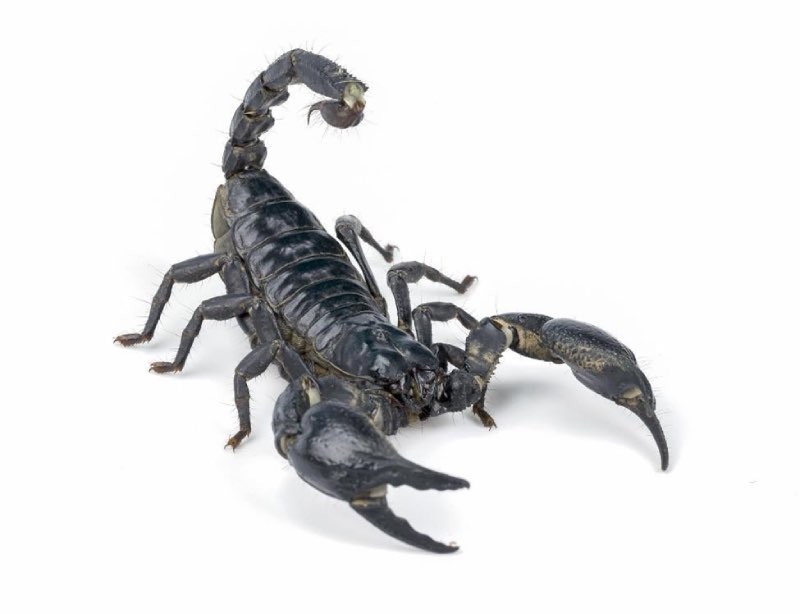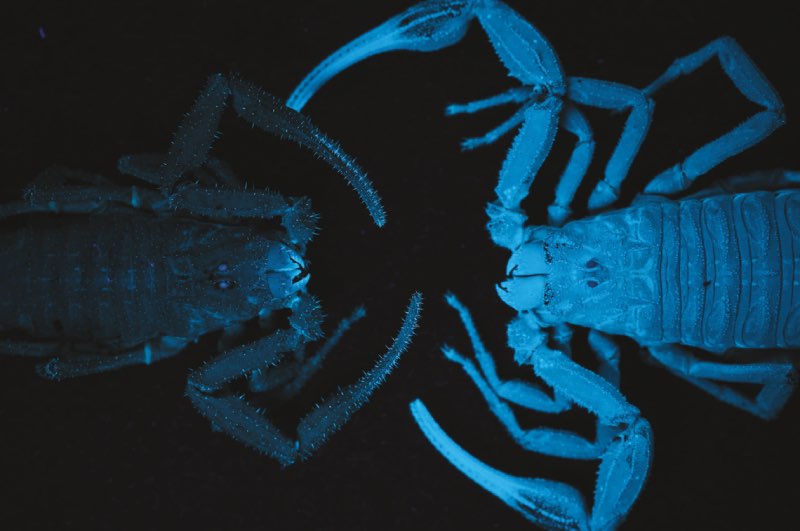Researchers are stunned by a newly identified type of scorpion, the Tityus Achilles! This newly discovered animal is able to spray venom at predators to protect itself. This is a behavior that was never documented before in South American Scorpions. Are you curious to find out more about this little but fierce animal? Then make sure to keep on reading!
Where can you encounter the venomous Scorpion
If you’re afraid of running into the scorpion somewhere in you’re neighborhood, then we have some good news for you. The Tityus Achilles has only been found in Colombia’s Magdalena Rainforest. However, if you were ever to encounter it, then we recommend keeping your distance. This species can launch venom up to 36 cm far and targets the eyes and noses of attackers to defend itself. Check out the video below to see it with your own eyes… don’t worry, the venom won’t come through the screen!
Scorpions Can Spray Venom—But Why?
If you think about a scorpion, you probably think that their stingers would be the most dangerous thing about them as they inject venom into your body if you’re hit. However, Tityus achilles has evolved a long-range defense mechanism similar to certain species in North America and Africa. According to researcher Léo Laborieux, juveniles were observed spraying pre-venom, a weaker but easily replenished toxin, rather than their more lethal venom used for subduing prey. This makes the Pre-venom a first line of defense, designed to deter rather than kill. Spraying is likely a last resort against predators like birds or mammals.

A Costly Yet Effective Defense
Producing venom is energetically expensive, and scientists believe Tityus Achilles evolved this ability under intense predatory pressure. While injecting venom is deadly for prey, spraying provides a low-risk, high-reward strategy for survival.
This discovery expands our understanding of scorpion defense mechanisms, raising new questions about how environmental pressures shape venom evolution. With further research, Tityus Achilles may reveal even more about the adaptations of venomous arachnids.
Credit:
- Featured Image credit: Léo Laborieux
